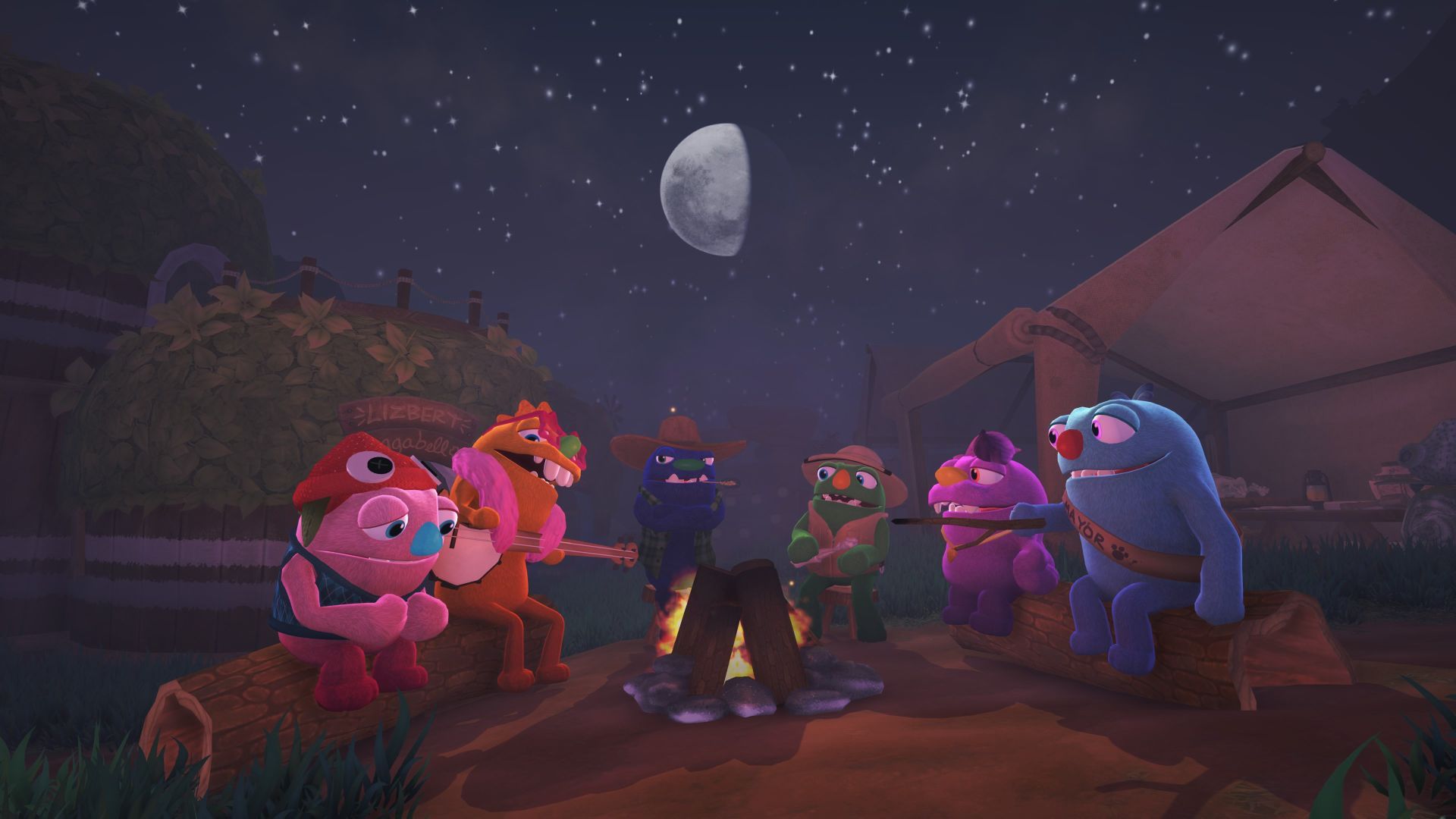Eclipses viewed from Earth are mesmerizing, but how about an eclipse as viewed from Mars? NASA’s Perseverance rover captured dramatic footage of one of Mars’s two moons, Phobos, crossing the face of the sun. Phobos is the larger of Mars’s two natural satellites – the other is Deimos – and Phobos has an irregular, somewhat potato-like shape. Phobos completes an orbit of Mars in slightly under 8 hours.
The new footage captured by the Mastcam-Z camera is the most zoomed-in, highest-frame-rate footage of a Phobos solar eclipse ever recorded from Mars. The footage was recorded on April 2, the 397th Martian day, or sol, of the rover’s mission. The eclipse lasted about 40 seconds, which is considerably shorter than a typical solar eclipse involving Earth’s moon. Granted, Phobos is about 157 times smaller than our moon.
This isn’t the first time NASA spacecraft has captured solar eclipses on Mars. In 2004, the panoramic camera on the Mars Exploration Rover Opportunity captured eclipses of both of Mars’s moons. In 2019, the Curiosity rover used its Mastcam to record a timelapse of two solar eclipses on Mars. While the imagery is fascinating, the latest footage from Perseverance shows just how far camera technology has come on NASA’s rovers.
‘I knew it was going to be good, but I didn’t expect it to be this amazing,’ said Rachel Howson of Malin Space Science Systems in San Diego. Howson is one of the Mastcam-Z team members who operate the camera. Howson originally saw lower-resolution thumbnails, which is what Perseverance sends back to Earth first. The thumbnails teased what would ultimately be amazing footage. Howson said, ‘It feels like a birthday or holiday when they arrive. You know what’s coming, but there’s still an element of surprise when you get to see the final product. ‘
It is not just the resolution and framerate that makes the latest eclipse footage spectacular, but also the color. Mastcam-Z includes a solar filter that reduces the light intensity from the sun, allowing us to see more detail. ‘You can see details in the shape of Phobos’ shadow, like ridges and bumps on the moon’s landscape,’ said Mark Lemmon, a planetary astronomer with the Space Science Institute in Boulder, Colorado. Lemmon has been involved with many of the Phobos observations by Mars rovers. ‘You can also see sunspots. And it’s cool that you can see this eclipse exactly as the rover saw it from Mars. ‘
 |
| Credit: NASA / JPL-Caltech / ASU / MSSS / SSI |
Despite its small size, Phobos still significantly impacts the Martian surface. The moon exerts gravitational forces on Mars, which slightly deforms the rock in the planet’s crust and mantle. These forces also slowly affect Phobos’s orbit. Geophysicists can use those orbital shifts to understand the interior of Mars better and learn more about the material composition of its crust and mantle.
Phobos’s orbit is getting closer and closer to the Martian surface. In tens of millions of years, it’ll crash into the planet and thus will end Phobos’s existence as a satellite. Observations of eclipses have helped solidify our understanding of Phobos’s slow spiral toward death.












